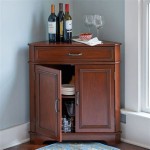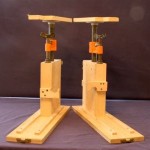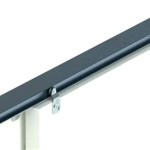Cabinet boxes are the foundation of any kitchen or bathroom cabinet. They provide the structure and the storage for the rest of the cabinet components. Constructing cabinet boxes can be intimidating for a novice, but with a few tips and some practice, you can start building cabinet boxes like a pro.
The first step to building a cabinet box is to select the materials. Plywood is the most popular choice for cabinet boxes, as it is strong and affordable. You can also opt for particleboard or MDF, but they are not as strong as plywood. Once the material is chosen, the next step is to decide how the box will be constructed.
Cabinet boxes can be constructed using a variety of methods, including dado joints, rabbet joints, and pocket screws. Each method has its advantages and disadvantages, so it is important to choose the method that best suits your needs. Dado joints are the most common method of construction, as they are strong and relatively easy to assemble. However, they require specialized tools and can be difficult to repair if something goes wrong.
Rabbet joints are slightly easier to assemble than dado joints, and they are also more resistant to water damage. However, they are not as strong as dado joints and are more likely to come apart over time. Pocket screws are the easiest to assemble, but they are not as strong as the other methods. It is also important to remember that any screw used in cabinet box construction should be stainless steel or another type of corrosion-resistant material.
Once the materials and construction method have been chosen, it is time to start assembling the box. Begin by cutting the pieces to size, using either a table saw or a circular saw. It is important to make sure that all pieces are cut accurately so that the box will fit together properly. After the pieces have been cut, use the chosen construction method to join the pieces together.
If you are using dado joints, use a router to cut the slots for the dados. Then use glue and clamps to hold the pieces together while the glue dries. If you are using rabbet joints, use a router to cut the rabbets and then use glue and clamps to hold the pieces together. Finally, if you are using pocket screws, pre-drill the holes for the screws, then use screws to hold the pieces together.
Once the box is assembled, it is time to finish it. Sand the box to remove any rough edges or splinters. Then apply a finish to protect the wood and give the box a finished look. Popular finishes include oil-based varnish, lacquer, and paint. With a few simple steps, you can construct strong and durable cabinet boxes for your kitchen or bathroom.









Related Posts








